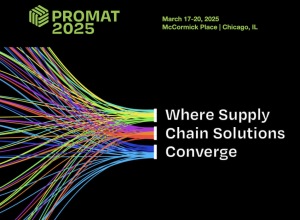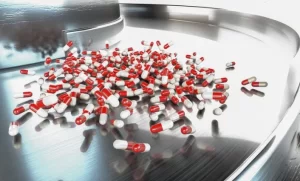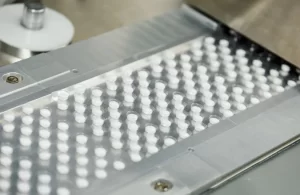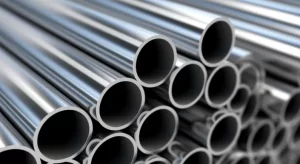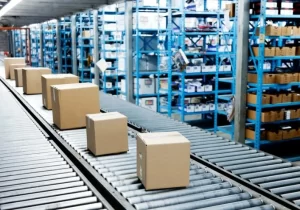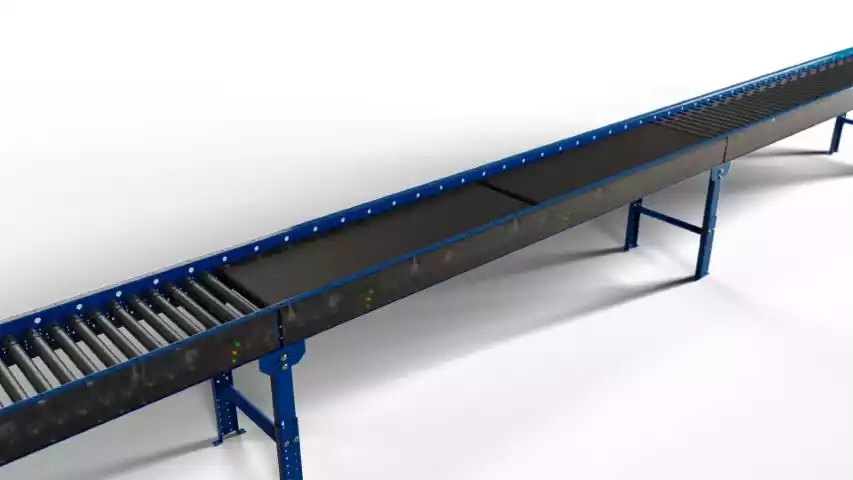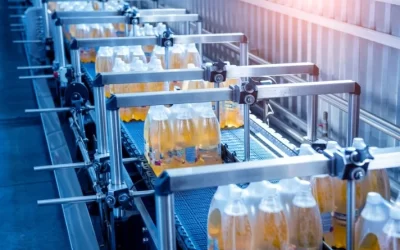MDR’s benefits go far beyond just improving efficiency—it’s all about streamlining processes and enhancing patient care in ways that weren’t possible before. Whether it’s moving supplies, ensuring timely deliveries, or maintaining strict standards, MDR technology is making a huge impact across the healthcare industry. Let’s explore some of the key areas where MDR is truly making a difference!
1. Medical Supply Transportation
In any healthcare facility, getting medical supplies where they need to go, at the right time, is crucial. From medications and surgical tools to critical equipment, delays can have serious consequences for patient care. MDR systems help hospitals transport these supplies quickly, efficiently, and reliably.
Picture a busy hospital with hundreds of items that need to be delivered to different departments. With MDR, these supplies are seamlessly transported throughout the facility, ensuring that they get to the right place when needed most. By automating this process, healthcare workers can focus on customer service—delivering top-notch patient care—while the automation system handles the logistics. This technology takes the stress out of the process, reducing human error and speeding up timely deliveries.
2. Pharmaceutical Distribution
The pharmaceutical industry faces its own set of challenges when it comes to handling and distributing medications. Ensuring that medications are delivered to the right locations in a timely manner is critical to patient safety. MDR technology plays a major role in pharmaceutical distribution automation, streamlining the movement of medications through distribution centers, warehouses, and hospitals.
With real-time tracking, pharmaceutical distributors can guarantee quicker, more accurate deliveries, minimizing the chances of errors. Whether it’s temperature-sensitive medications that require strict temperature control or regular supplies, MDR systems make sure products are moved efficiently while meeting regulatory standards. This helps cut down on delays and makes sure patients get the treatment they need without unnecessary wait times.
3. Sterile Equipment Handling
Hospitals and medical facilities must adhere to the highest hygiene standards, especially when it comes to handling sterilized equipment. MDR plays a critical role in this by automating the movement of sterilized tools through sterilization and packaging lines. With advanced technology built into the system, these instruments are moved with care, preventing contamination.
By utilizing MDR, healthcare providers ensure that sterilized medical instruments are transported in a way that minimizes the risk of infection. This precision allows facilities to maintain their regulatory standards for cleanliness, ensuring that equipment is safe for use in patient care with minimal risk of cross-contamination.
4. Patient Transport Systems
It’s not just supplies that need to be moved efficiently—patients and their records need to get where they need to go too! MDR is making its mark in patient transport systems, helping hospitals move patient records, beds, and even patients between departments. The best part? It reduces the need for manual handling, cutting down on the chances of human error.
By using MDR in patient transport, healthcare facilities speed up these processes, ensuring patients get the care they need without unnecessary delays. It’s a prime example of how MDR isn’t just about moving supplies—it’s also about improving the entire patient experience. This system supports continuous improvement, allowing healthcare providers to focus on what matters most: exceptional healthcare services.
5. Healthcare Logistics & Inventory Management
Inventory management is one of the biggest challenges in healthcare. Hospitals must constantly balance supply and demand, especially for critical medical devices like blood bags, vaccines, and diagnostic equipment. MDR helps streamline the delivery of these essential items, ensuring that healthcare facilities stay fully stocked.
With MDR, healthcare services can easily track inventory and reduce the risk of shortages or overstocking. This helps optimize storage capacity while ensuring timely deliveries of critical materials. The wide range of items that MDR systems can handle—from life-saving supplies to routine tools—makes it a perfect solution for healthcare facilities. By automating inventory management, hospitals can minimize waste, reduce labor costs, and improve overall operational efficiency.
In short, MDR technology is the backbone of smoother, more reliable healthcare logistics. It ensures the right items are delivered on time, improves patient care, and keeps operations running efficiently—all while maintaining the high standards required by healthcare facilities.
By automating key aspects of material handling, hospitals and healthcare providers can ensure they are meeting the continuous improvement goals that modern healthcare demands. As we look toward the future, the role of MDR in healthcare services will only continue to grow, driving advanced technology that improves care, reduces errors, and supports medical courier services. So, whether it’s moving temperature-sensitive medications or ensuring sterile equipment is ready for use, MDR is leading the way in transforming healthcare logistics.
At Russell Conveyor & Equipment, we understand that hygiene is non-negotiable in healthcare environments. That’s why the conveyors we manufacture are made of stainless steel and are fully washdown capable. This ensures that our MDR systems meet the strict hygiene requirements of the healthcare industry.
Stainless steel is not only durable and resistant to corrosion, but it is also easy to clean, which is essential when transporting sterilized equipment or medications that must adhere to stringent cleanliness standards. The washdown feature allows our systems to be thoroughly cleaned and sanitized, minimizing the risk of contamination and helping healthcare facilities maintain the highest levels of hygiene in their operations.
Whether it’s moving critical medical supplies or sterilized tools, our MDR systems are built to keep things safe and spotless, helping you meet regulatory standards every step of the way.

